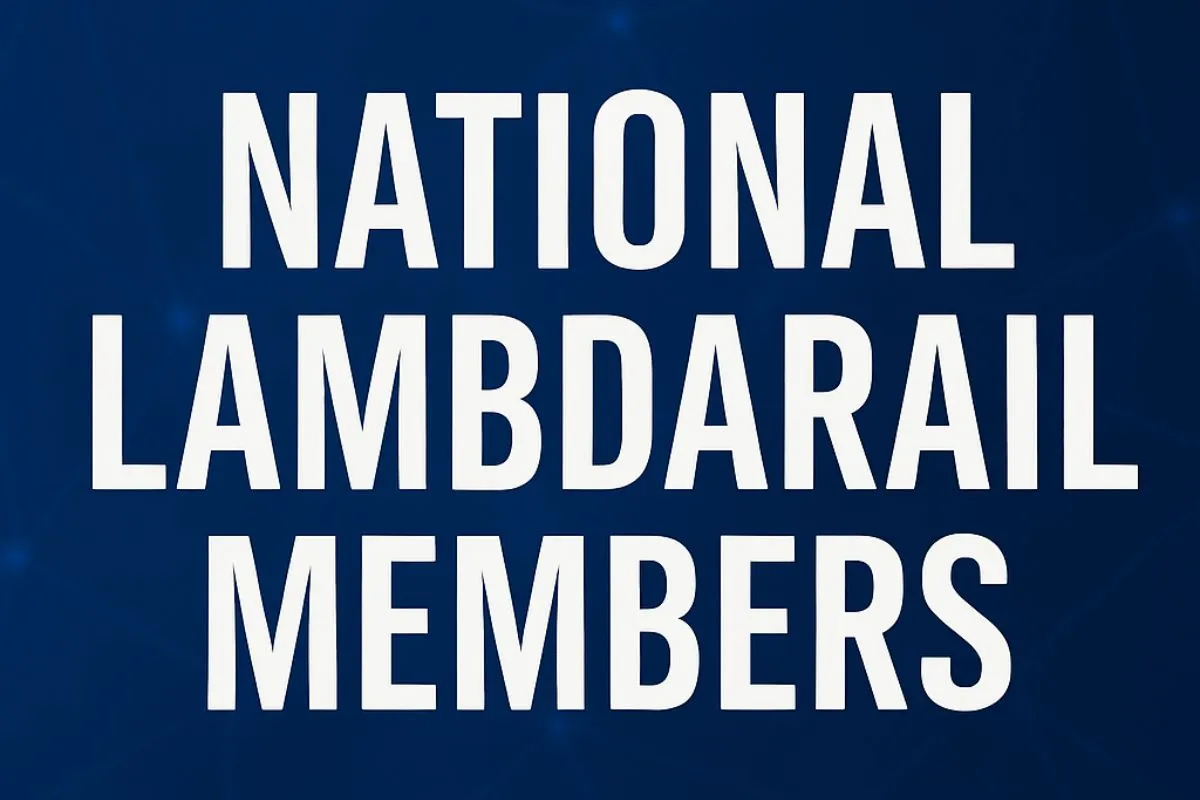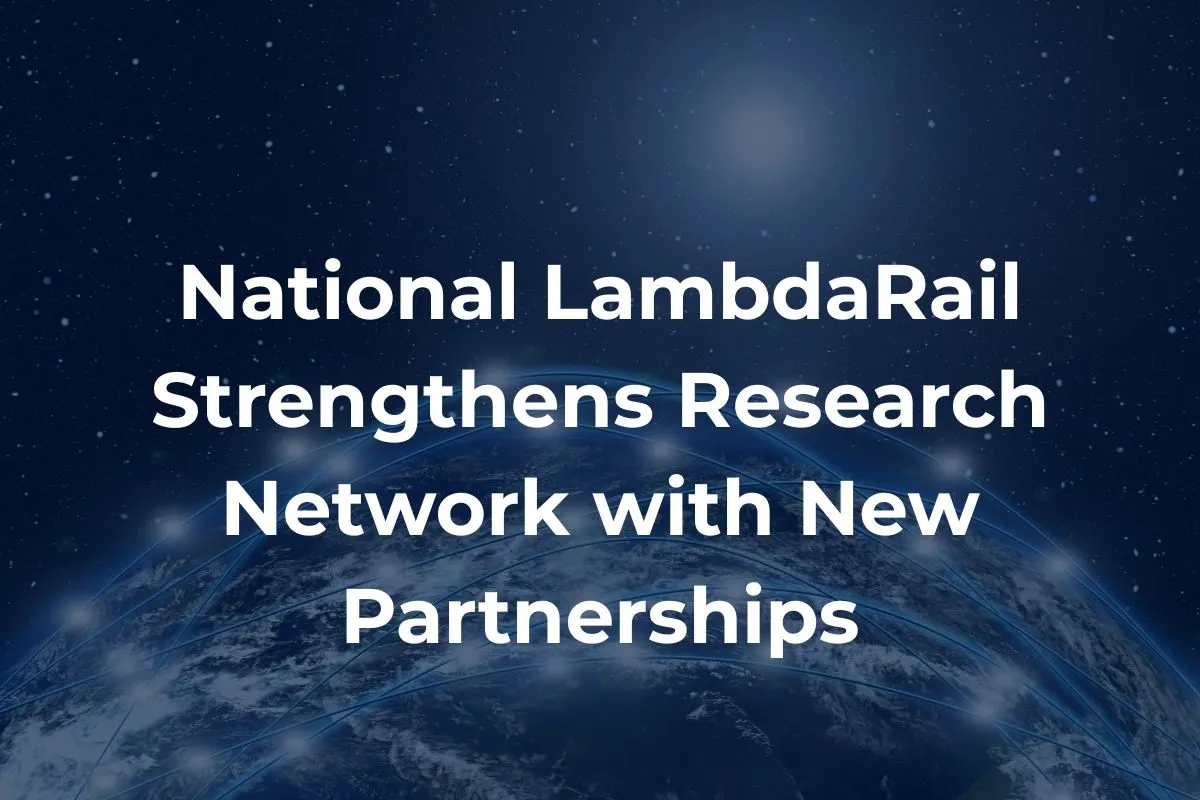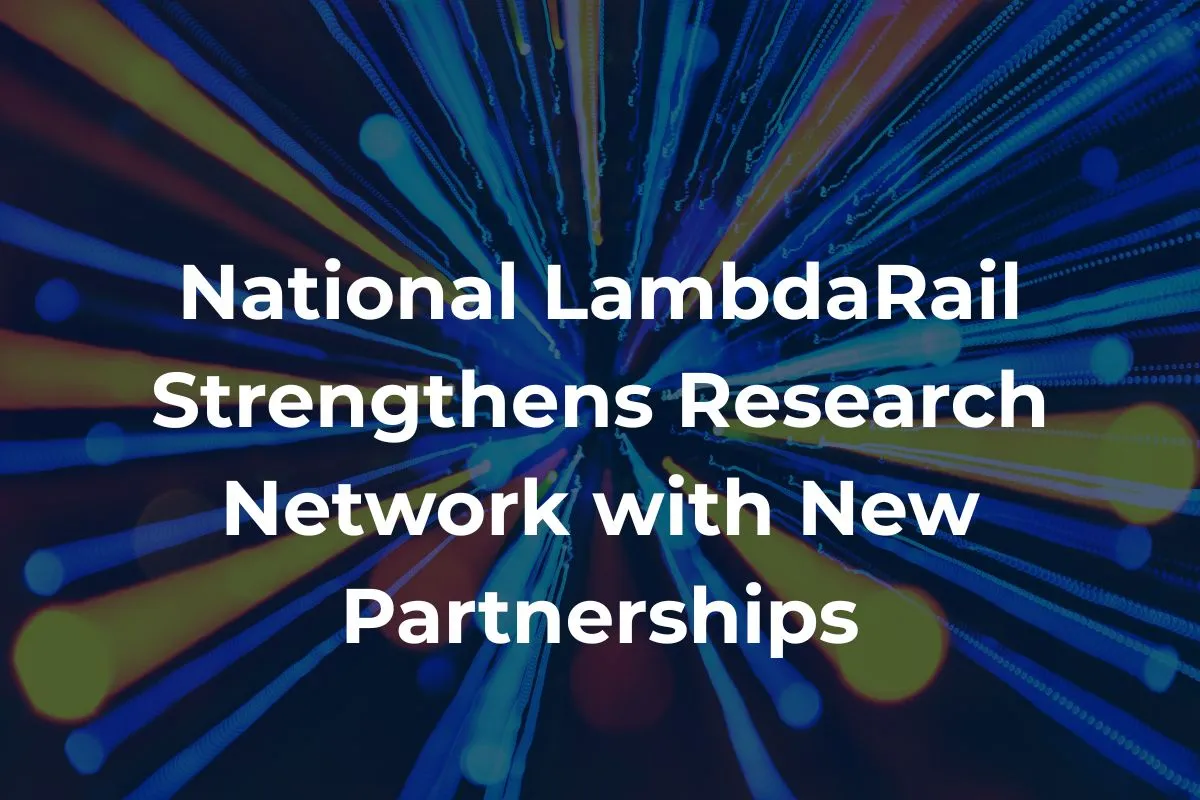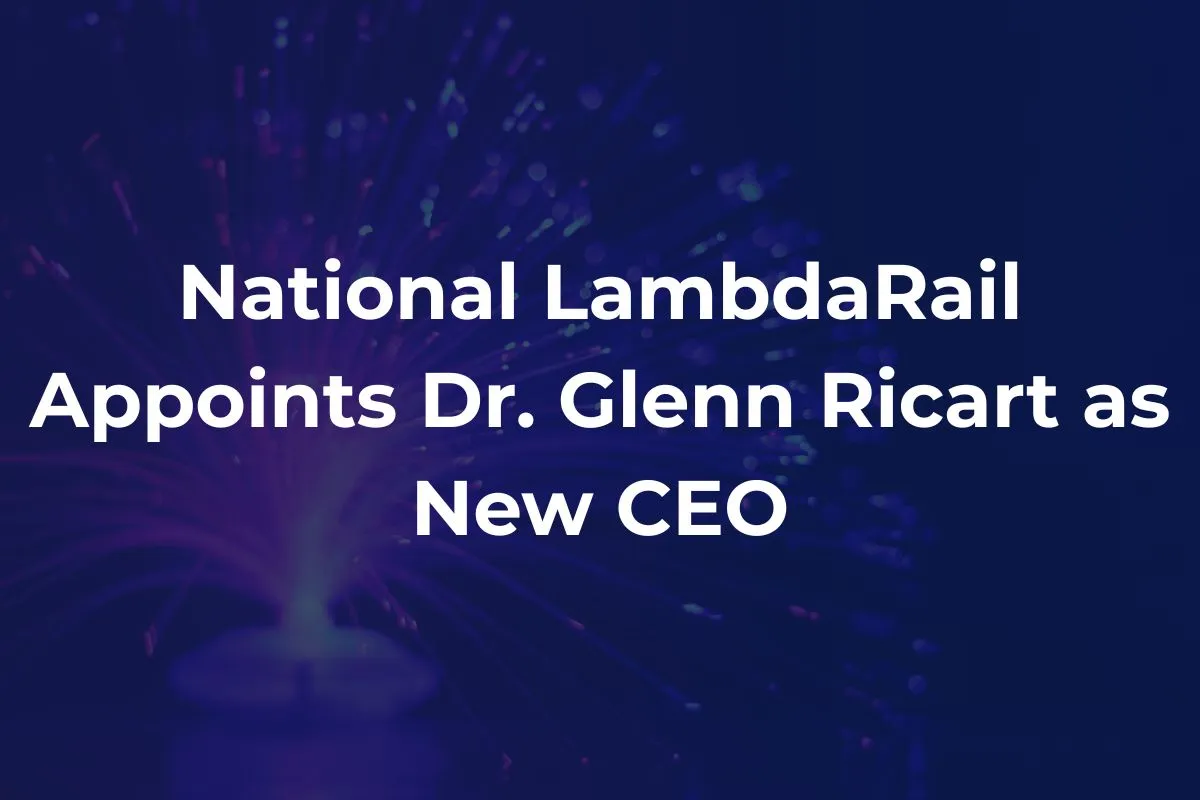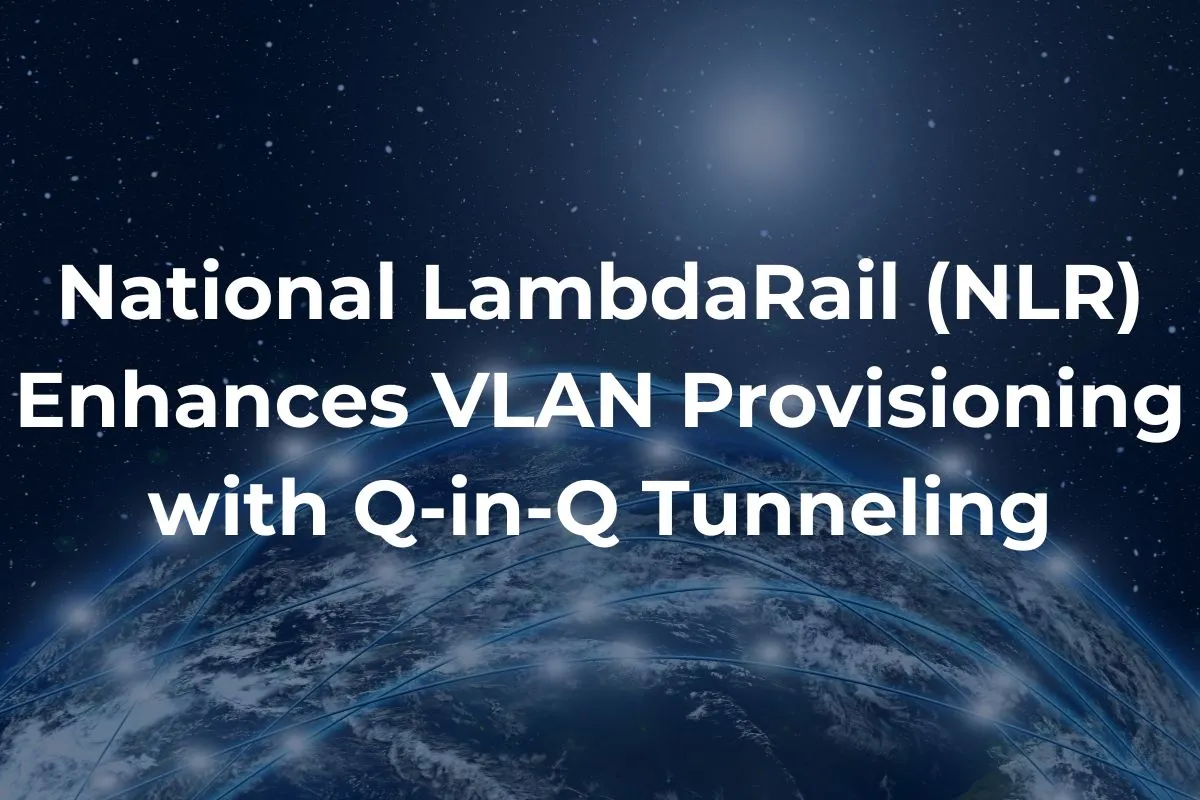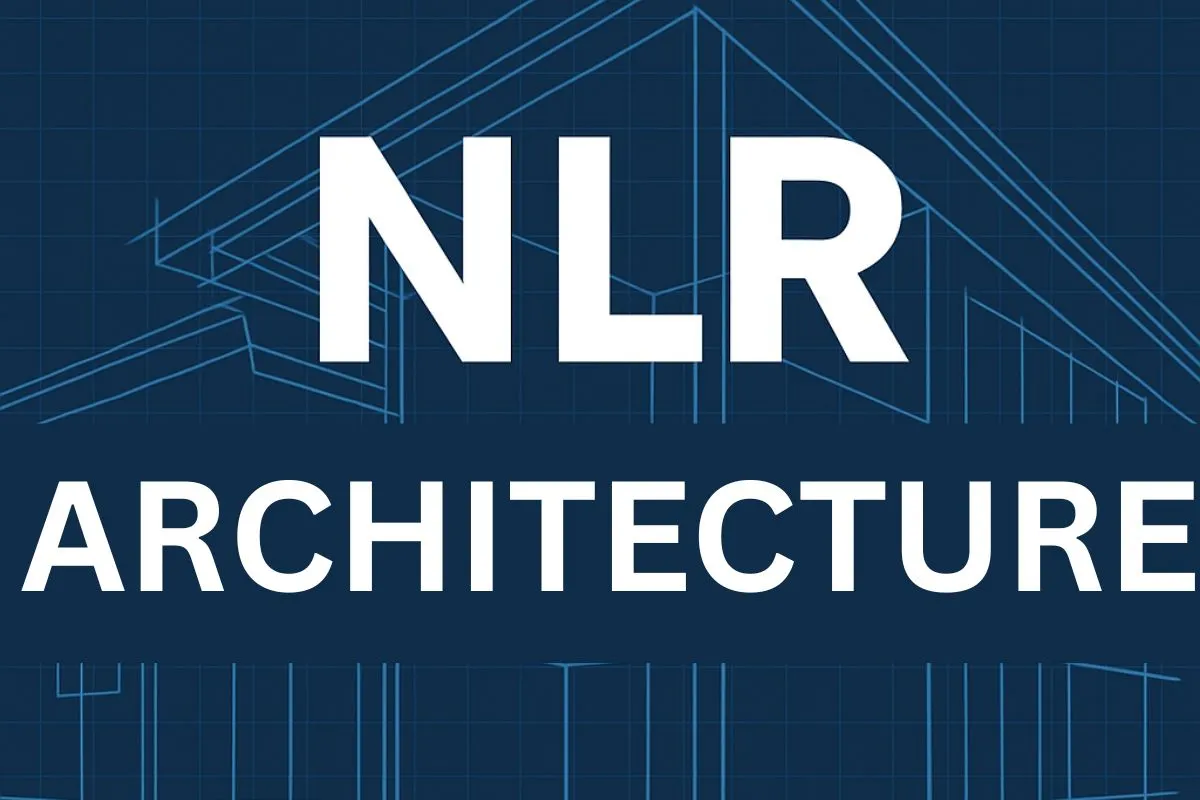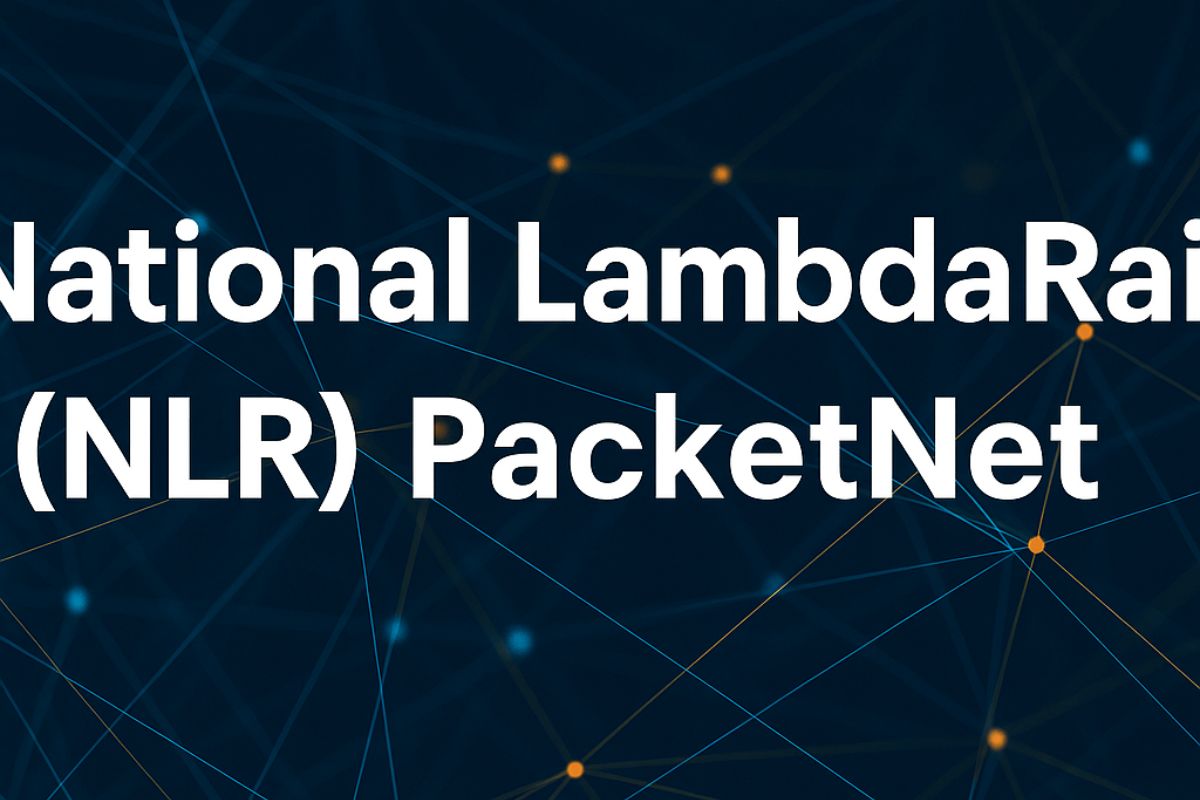The National LambdaRail (NLR) was a revolutionary initiative launched in the early 2000s. It was started to create a high-speed, nationwide fiber-optic network dedicated to research & education in the United States. By 2005, NLR had established a strong monopoly of universities, research institutions as well as technology companies. They all collaborated or amalgamated to advance networking technologies & applications.
What Was National LambdaRail?
NLR was a 12,000-mile high-speed national computer network. It was owned & operated by the U.S. research & education community. It offered infrastructure for multipurpose advanced networking. It then allowed multiple high-speed networks to operate simultaneously. NLR used fiber-optic lines & was the first transcontinental 10 Gigabit Ethernet network. It made history. Its high capacity (up to 1.6 Tbit/s aggregate) as well as high availability facilitate to support demanding research projects.
Key Members of NLR (last updated as of 2005)
NLR’s membership comprised state or regional optical networks. It provided connectivity to individual universities & laboratories. By 2005, NLR had 13 members facilitating more than 280 research universities as well as government laboratories to connect.
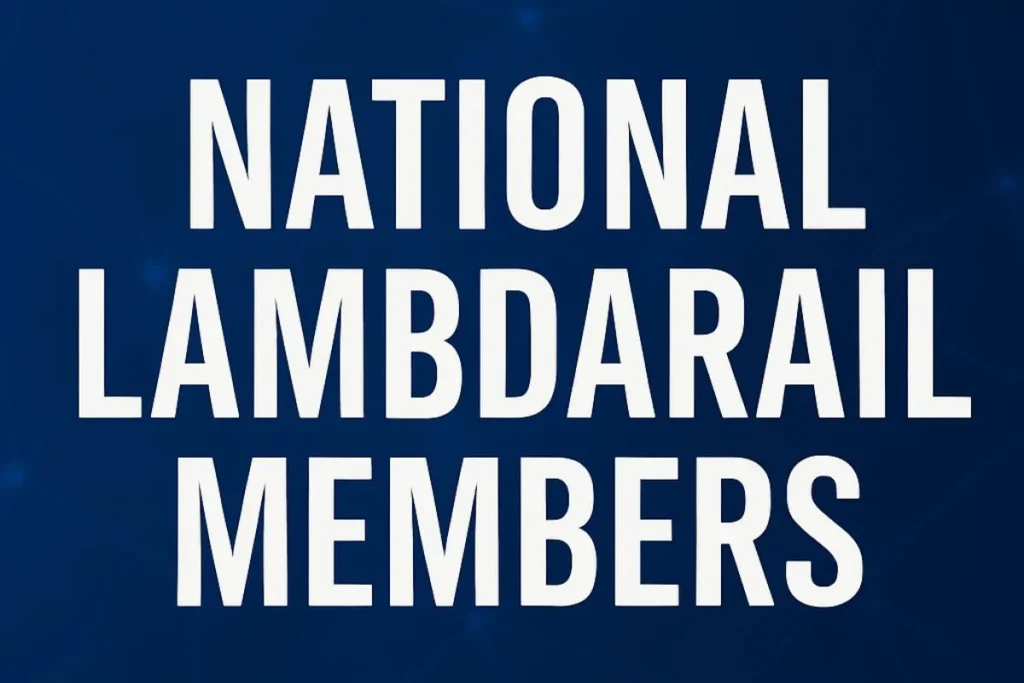
Founding & Notable Members:
Corporation for Education Network Initiatives in California (CENIC): This organization represented California’s research & education community.
Florida LambdaRail: This connected Florida’s universities as well as research institutions.
Pacific Northwest GigaPop (PNWGP): It used to serve the Pacific Northwest region.
Pittsburgh Supercomputing Center (PSC): This was a joint effort of Carnegie Mellon University & the University of Pittsburgh.
Duke University: This represented a affiliation of North Carolina universities.
Mid-Atlantic Terascale Partnership (MATP) & Virginia Tech Foundation: This used to serve the mid-Atlantic region.
Internet2: An institution developing advanced network applications as well as technologies.
Georgia Institute of Technology: This institution represented Georgia’s research community.
Committee on Institutional Cooperation (CIC): This was a gang of Midwestern universities.
New Members Added in 2004:
Cornell University: This pictured New York & New England.
Louisiana Board of Regents: it was made to picture Louisiana’s higher education institutions.
Oklahoma State Board of Regents: Represented Oklahoma’s higher education institutions.
Texas Lonestar Education and Research Network (LEARN): Used to connect Texas universities.
University of New Mexico: Characterized New Mexico’s research community.
University Corporation for Atmospheric Research (UCAR): Represented Colorado, Wyoming & Utah.
Technical Highlights
- Dense Wavelength Division Multiplexing (DWDM): NLR’s base used DWDM technology. You know why? As it allowed multiple optical wavelengths (lambdas) to be transmitted concurrently over a single fiber pair. Each wavelength could be able to support transmission at 10 Gbps.
- Numerous Network Layers: NLR supported experimental as well as production networks side-by-side but physically & operationally separate. Production networks provided ensured levels of reliability. Whereas experimental networks enabled testing of new networking techs.
- National Reach: The network covered approximately 15,000 route-miles. This was bought through partnerships with Level 3 Communications as well as WilTel Communications.
- Strategic Partnerships
- A major corporate partner, Cisco provided pivotal or paramount networking equipment. It also extended its strategic relationship with NLR through July 2013.
Research & Innovation Support
NLR’s infrastructure supported multiple research projects & initiatives. This includes:
- TeraGrid: A multi-year National Science Foundation effort to build & expand the world’s largest distributed framework for open scientific researches.
- OptIPuter: A project anticipated at developing a powerful distributed cyber infrastructure.
- UltraScience: This is an U.S. Department of Energy project intent on progressive networking capabilities.
These projects clout NLR’s high-speed network to facilitate large-scale data transfers as well as collaborative research across institutions.
By 2005, National LambdaRail had established itself as a pivotal framework for the U.S. research & education community. Its high-speed along with flexible network helped in amazing research & fostered collaboration among leading associations. The corporation’s dedication to innovation & partnership set the stage for advancements in networking technologies. Also, had applications that would benefit science, engineering & medicine for years to come.
